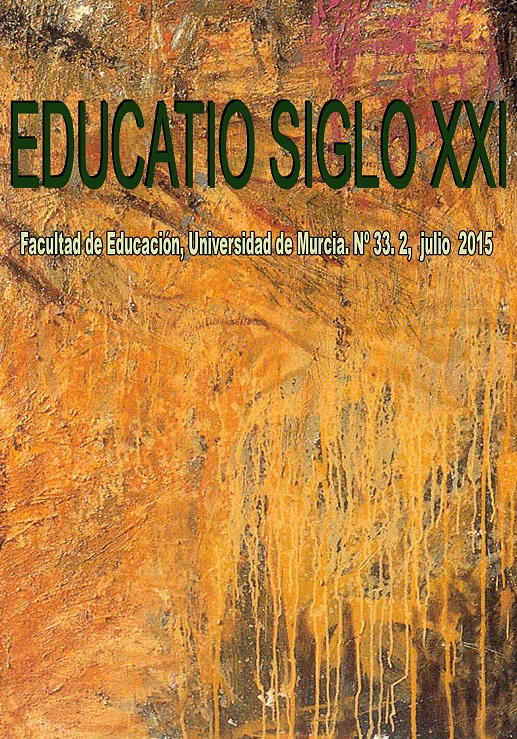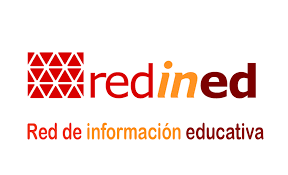Relationships between schools and immigrant families. A Case Study
Abstract
This article focuses on the participation of immigrant parents in the schools attended by their children. Its main contribution lies in the fact that audiovisual narratives have been used for portraying the relationship between school and community. We present the first results of the project which investigates the nature of the relationships between a group of these families with the educational institution, promoted by verbal and photographic narratives group meetings initiated and supported in school classrooms and continued in their family and social contexts. During the school year 2011/12, we worked with families of a group of 4th Primary Education students in the Jaime Vera School in Madrid, Spain. Among the pupils enrolled, 89% share an immigrant background. Meetings provide discussion intended to narrate the stories. In addition to observation and audio recording of its manifestations in spontaneous storytelling sessions, informal interviews with participatingfamilies were carried out to validate the study. Families gave their approval for these sessions to be recorded.
Among the conclusions of this study it should be noted that both the school’s director and the tutor played a determinant role in engaging families to participate. We have found that there is a noticeable contrast between the superficial knowledge that parents have expressed about each other at the beginning of the school year, and the closer relationship that existed among them at the end of that period. Finally, the positive impact of the questions asked during the participants’ narratives on their mutual understanding should be highlighted.
Downloads
-
Abstract763
-
PDF (Español (España))599
Original work publishes in this journal is subject to the following terms:
1. Murcia University Press (the publishing house) holds the copyright of the publishes work, and favours and allows their reutilization under the use license stated in point 2.
© Servicio de Publicaciones, Universidad de Murcia, 2015
2. Work is published in the electronic edition under a license (Creative Commons Reconocimiento-NoComercial-SinObraDerivada 4.0 España (legal text). They can be copied, used, disseminated, transmitted and publicly presented, as long as: i) authorship and original publication source is acknowledged (journal, publishing house and URL of the work); ii) are not used for commercial purposes; iii) the existence and specifications of this use license is stated.
3. Conditions for self-archive. Authors are allowed and encouraged to disseminate electronically the pre-pint (before review) and/or post-print (accepted for publication) versions of their work before their publication since that favours earlier circulation and dissemination resulting in an increased chance for the authors to be cited and for the work to reach a bigger share of the academic community. Colour: RoMEO: green.







